
The period between 1929 and 1939 was one of widespread human suffering. At no other time in modern history had there been such a drastic drop in standards of living and quality of life than during the Great Depression.
The most basic things – putting food on the table, keeping a roof over your head, being able to earn a living – got harder and harder to do. The folks that made it through the 1930s were forever changed by it and the lessons of survival stayed with them for the rest of their lives.
It was a decade of major upheaval.

Sparked by the Wall Street Crash of 1929, panicked depositors – seeing billions vanish on the stock market in a single day – flocked to their banks en masse to withdraw their funds. Most banks of the time were extremely over-leveraged. On average, for every $10 deposited, banks lent out $9, leaving only 10% of cash in reserve. Over the course of the 1930s, 9,000 banks shuttered and $140 billion in life savings up and disappeared.
With less money to spend, businesses closed and unemployment rose, rippling through food production, manufacturing, and raw material industries. The decrease in demand kicked off a vicious circle – as the price of goods plunged, less was produced, leading to lower wages, and then, even less demand. Hundreds of thousands of people lived in shanty towns as homes were foreclosed or abandoned.
And then the Dust Bowl happened.
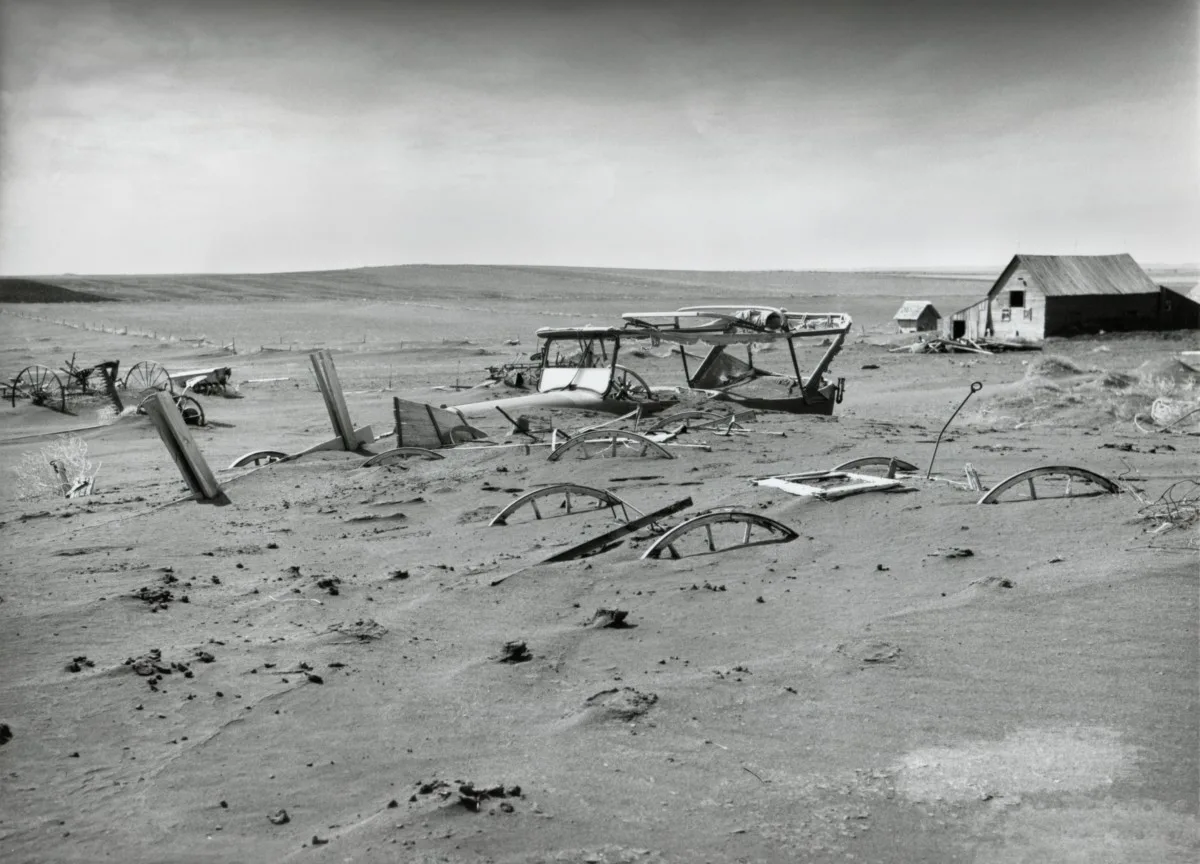
Starting in 1934, a severe multi-year drought in the Great Plains region caused crops to wither and die in the fields. Inexperienced farmers had deeply plowed their lands the previous decade and removed millions of acres of deep-rooted native grasses that would have normally anchored the soil in place. The lack of rain left fields bare, and the dry and desiccated earth turned into dust. Powerful winds scooped it up and created enormous clouds of dirt that could blacken the daytime sky, traveling as far as New York City.
Taken all together, the people who lived through the Great Depression really must have thought the world was ending.
It didn’t, though, and the Greatest Generation adapted to the tumultuous times by making do, getting by on less, living below their means, and wasting nothing.
As we face our own challenges – a pandemic, skyrocketing inflation, and more frequent and extreme weather events due to climate change – the frugal way of life of the 1930s is still very much relevant today.
1. Grow a Vegetable Garden
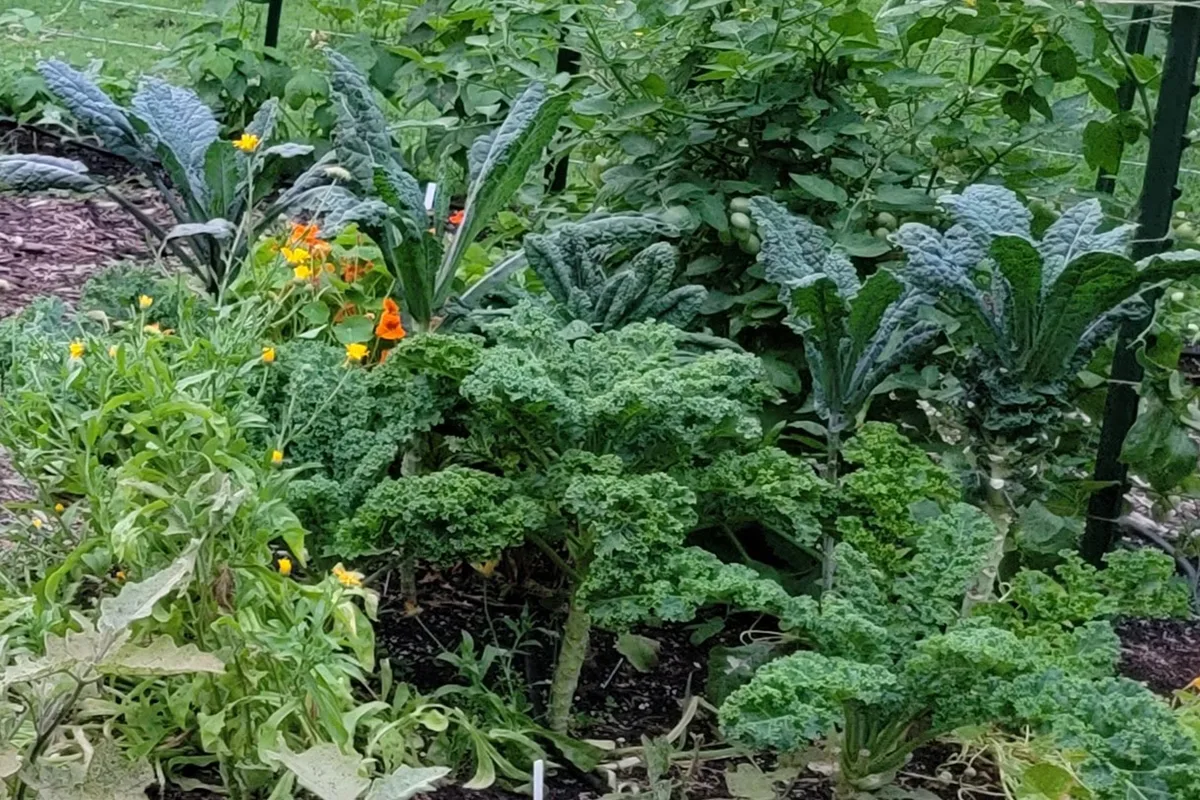
The popularity of gardening always rises in times of food shortages and economic hardship. During the Great Depression, growing a vegetable garden was a matter of necessity and could mean the difference between eating that day or going to bed hungry.
Subsistence gardening was strongly encouraged, and governments got the message out by circulating garden diagrams showing how to feed a family of five on a 25’ x 50’ plot. Those who didn’t have the land would get together with their neighbors and create community gardens in vacant lots and public parks.
Not only does gardening supply fresh and nutritious food, it’s also an excellent morale booster when times seem especially bleak. It gets you outside and moving, it quiets the mind, and it provides an opportunity to reconnect with nature.
Starting up a vegetable garden doesn’t have to cost much and growing an independent source of food will lessen your reliance on the pricing whims of grocery produce.
It can be accomplished in the smallest of spaces too – container gardening, square foot gardening, vertical gardening, and succession planting are all fantastic techniques for optimizing whatever size of growing area you have.
2. Plant Herbs
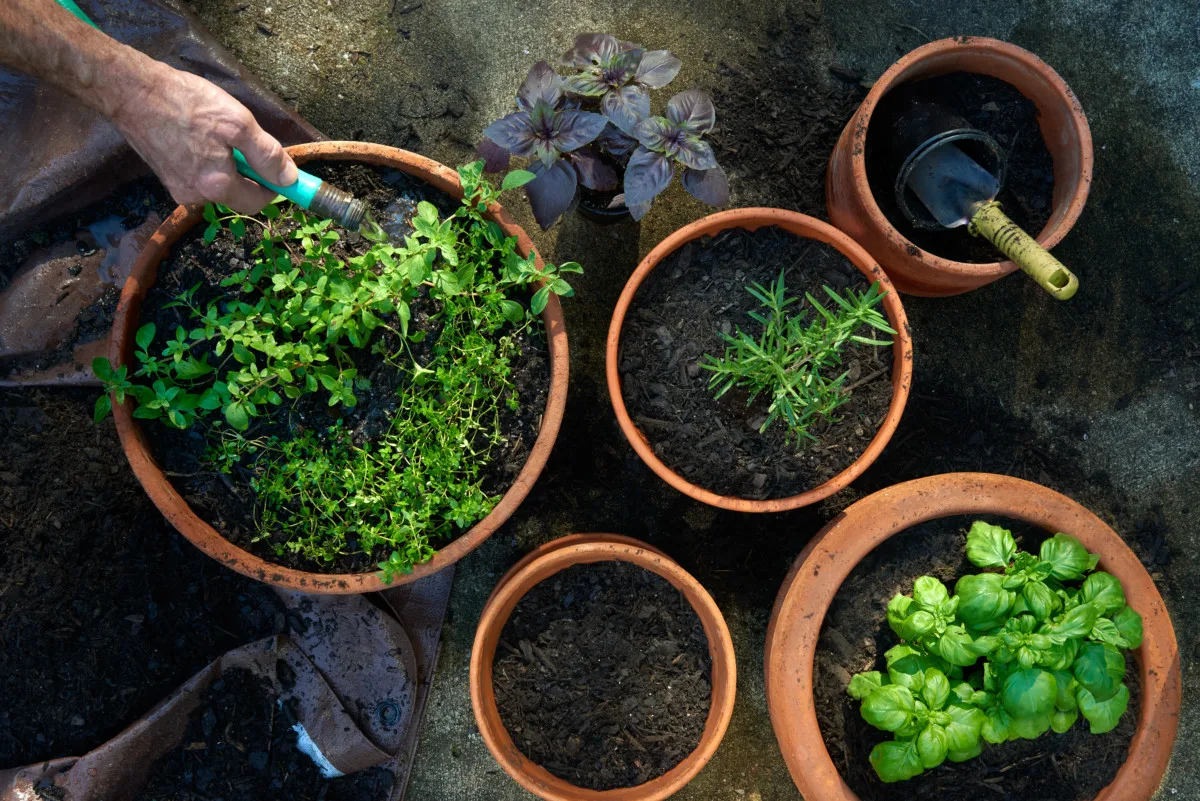
Spices and seasonings are just about the simplest way to elevate a bland and boring plate of food into a succulent feast.
A surefire way to uplift the spirit is by enjoying a tasty meal, and the folks of the Great Depression knew this well.
For a free supply of aromatic flavorings, it was all too common to grow dozens of herbs in the garden, in pots on a patio, or along a kitchen windowsill. What couldn’t be brought inside to overwinter would be harvested and hung up to dry.
Herbs have few demands and are very easy to grow. There are culinary herbs that can be grown indoors year-round, perennial herbs you need only plant once, and herbs that can be tucked into the shadier spots in the yard.
Beyond imparting rich flavors to food and drink, herbs make some of the finest garden allies. Flowering herbs are attractive to pollinators, and their fragrant leaves will repel several types of garden pest. Many have medicinal qualities as well, which can come in handy for treating minor ailments at home.
3. Start a Perennial Food Garden
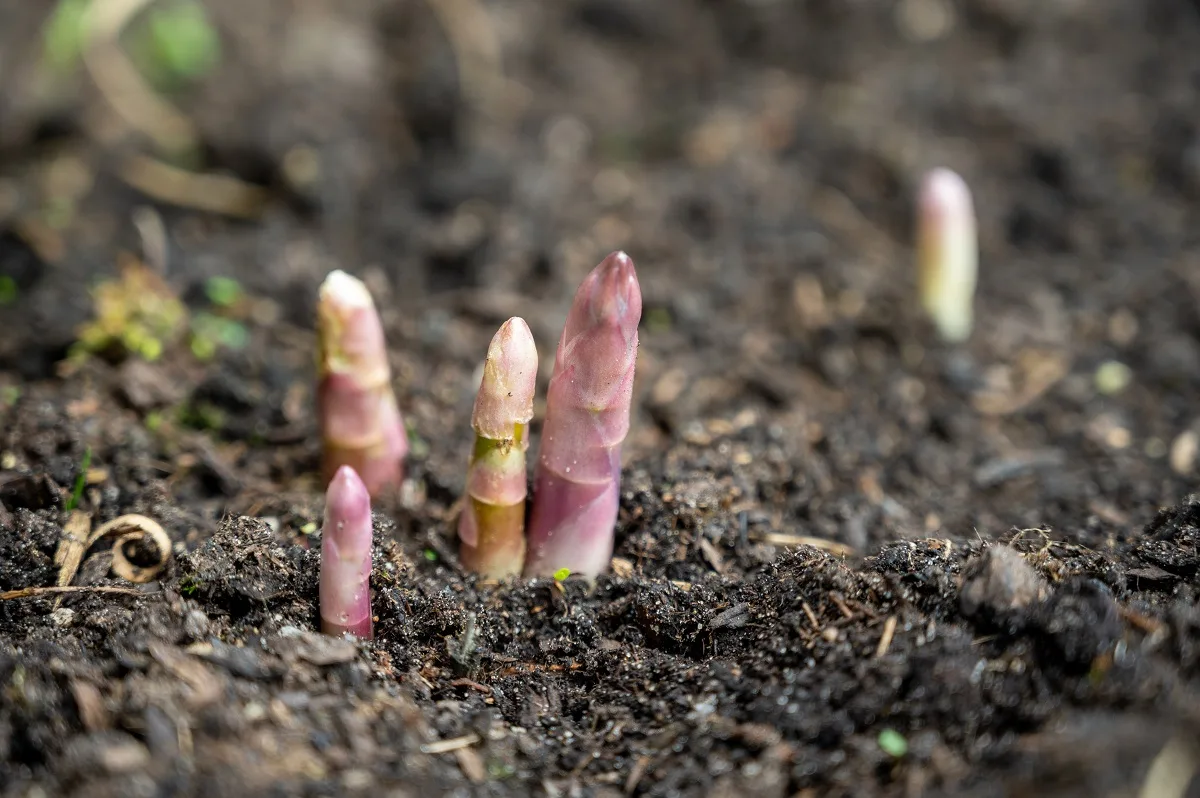
If the Great Depression teaches us anything, it’s how suddenly we could find ourselves food insecure. But growing a diversity of edible plants in the garden is yet another hedge against food shortages and exorbitant prices in the produce aisle.
Planting up a perennial food garden takes a longer view of things. Once you get them in the ground, it’ll be 2 to 3 years before the crops come in – but when they do, you’ll have decades of harvests.
Perennial veggies like asparagus, rhubarb, and artichoke are hardy and low-maintenance crops that need only be planted once. As do blueberry, raspberry, and other berry bushes and canes.
Apple, pear, peach, and so many more fruit trees will become generous providers in time – even a single dwarf apple tree is capable of feeding a small family. Nut trees, as well, are a worthy addition that will supply a rich source of protein for many years.
4. Preserve the Harvest
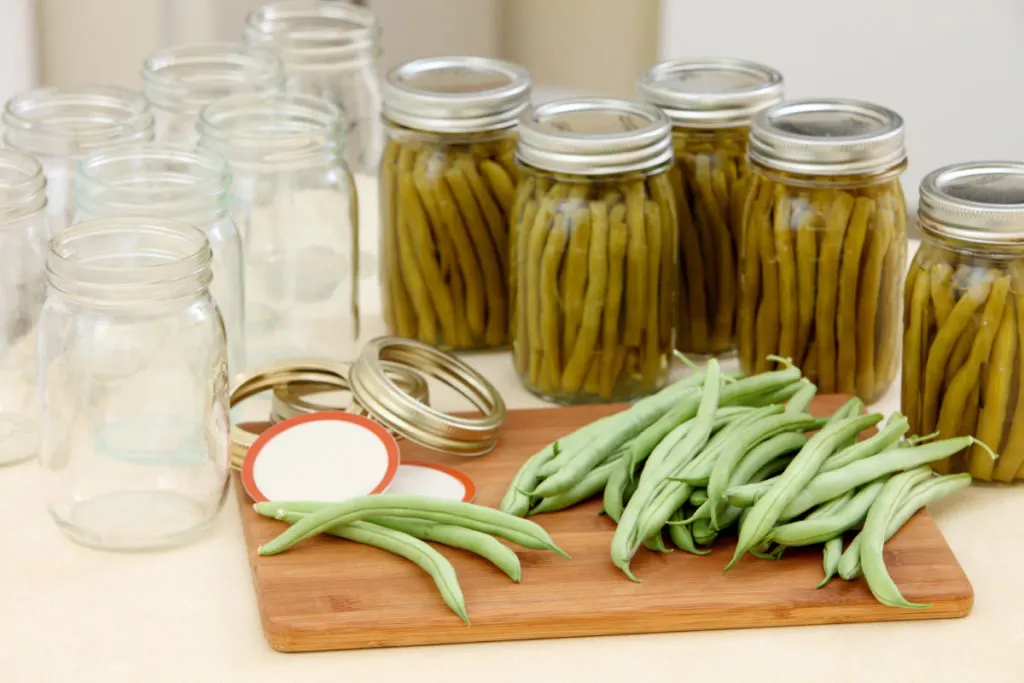
“Waste not, want not” might as well have been the mantra of the 1930s, and our grandparents and great-grandparents knew better than to let a single morsel from the garden go to waste.
Back in their day, home refrigeration wasn’t nearly as widespread as it is today, and they relied on a few different techniques to preserve fresh food that would carry them through winter.
Canning was the quintessential home food preservation method pre-refrigeration, and it’s still a very useful skill to know today. Water bath canning is fantastic for keeping whole fruits, jams, and sauces shelf-stable for about a year. Here are 12 simple canning recipes to get you started.
Pickling is so much more than making dill pickles, as delicious as they may be! Similar to canning – but with brine – it’s a versatile technique for preserving a wider array of fruits and veggies for to up to a year. You can pickle asparagus, Brussels sprouts, onions, garlic, beets, beans, carrots, hot peppers, green tomatoes, zucchini, and even watermelon rinds.
Drying is another traditional method that removes moisture from perishables, extending the shelf life from 6 months to a year. Dehydrating fruit is easy enough to do in the sun, the oven, or a dehydrator.
Fermenting is an ancient natural process for preserving almost any type of produce. Fueled by a flurry of microorganisms, fermentation enhances flavors and allows foods to be stored for many months. Once you get the hang of making fermented foods, you’re only a stone’s throw away from brewing up some heady hard apple cider and blueberry basil mead.
Freezing is a newer technology that wasn’t available during the Great Depression, but it’s one of the best ways to retain the flavor, color, and texture of the foods you grow. Fast, easy, and requiring no special equipment, good freezer candidates include asparagus, strawberries and blueberries, onions, zucchini, basil, mushrooms, and potatoes. Investing in a chest freezer is a smart bet when you want to preserve a lot of food, practically indefinitely.
5. Build a Root Cellar
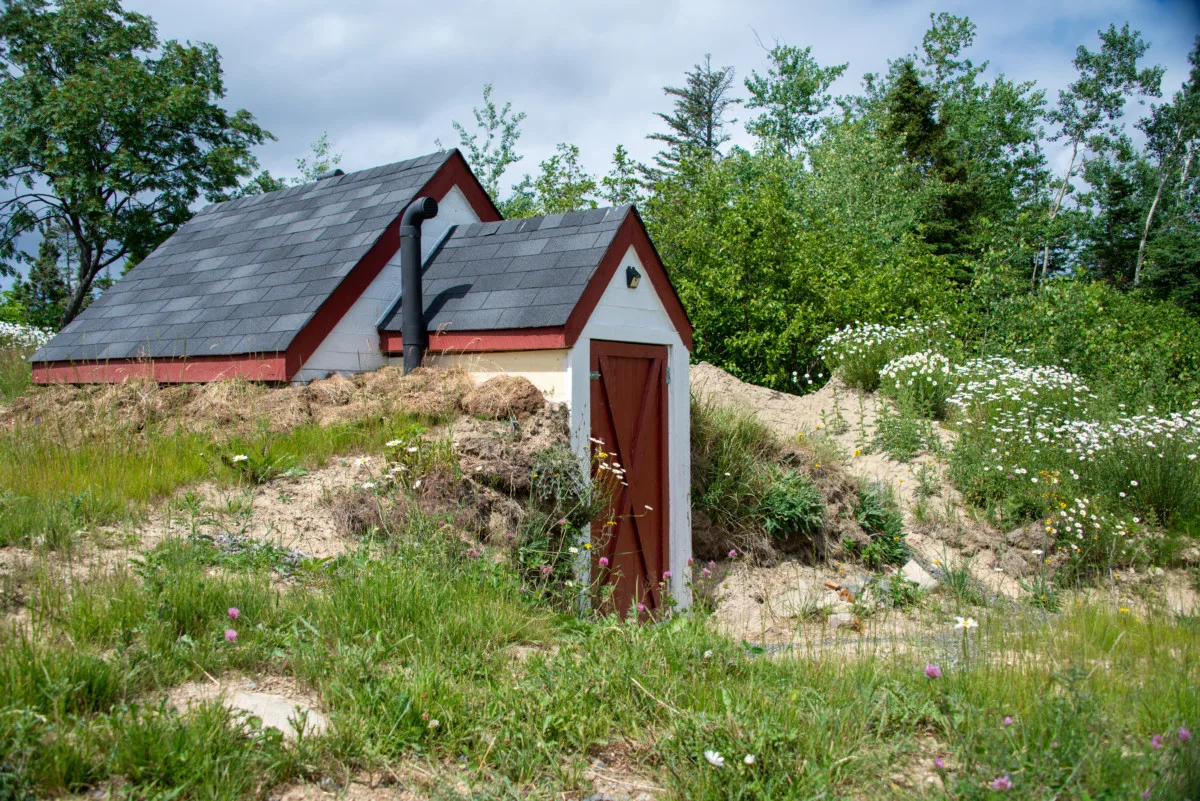
For thousands of years – long before fridges and freezers came along – people stored much of their harvest in a root cellar.
Root cellars will preserve whole foods and keep them fresh for several months without the use of electricity.
Named for the root vegetables it stows so well, a root cellar can keep onions, potatoes, and garlic fresh for up to 8 months. Apples, pears, pumpkins, celery, and cabbage are some of the non-root veggies that will keep fresher for longer in a root cellar.
Root cellars work because they are dark, cool, damp, and airy places. These conditions create the ideal environment for fruits and vegetables to resist rot and decay.
To have a functional root cellar, it must maintain a stable temperature of 32°F (0°C), keep humidity within the 70% to 95% range, and have good ventilation with plenty of air flow.
Traditionally, root cellars would be dug below the frost line, into the ground or the side of a hill.
A simpler approach that doesn’t’ require any digging is to create a root cellar in your basement.
6. Start a Compost Heap
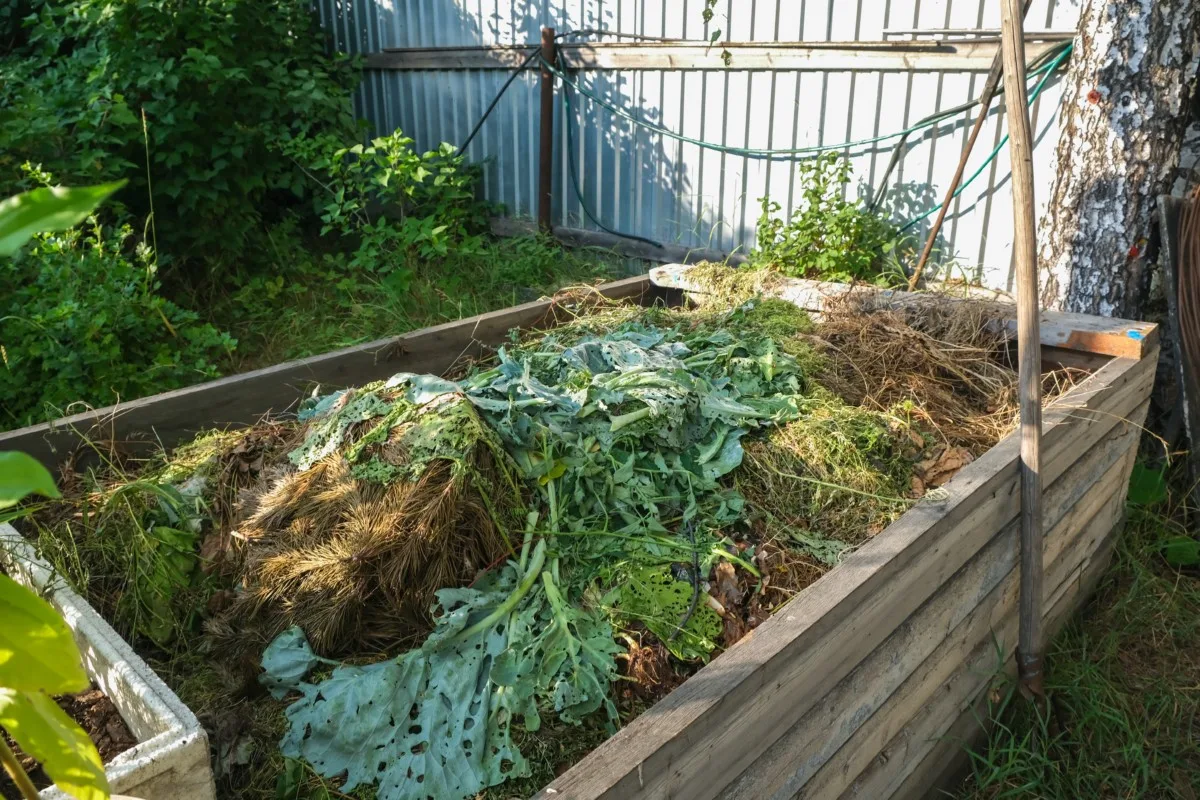
Your backyard can be an amazing source of free resources.
Fallen leaves can be turned into leaf mold. Weeds can be made into liquid fertilizers. Branches into fences and trellises.
And then there’s compost, the most wonderful soil conditioner and fertilizer of them all. Collecting up yard waste and kitchen scraps – for free – and making something useful out of them is in full keeping with the 1930s spirit of frugality.
Here’s how they made this “manure” back in 1941:
7. Cook from Scratch
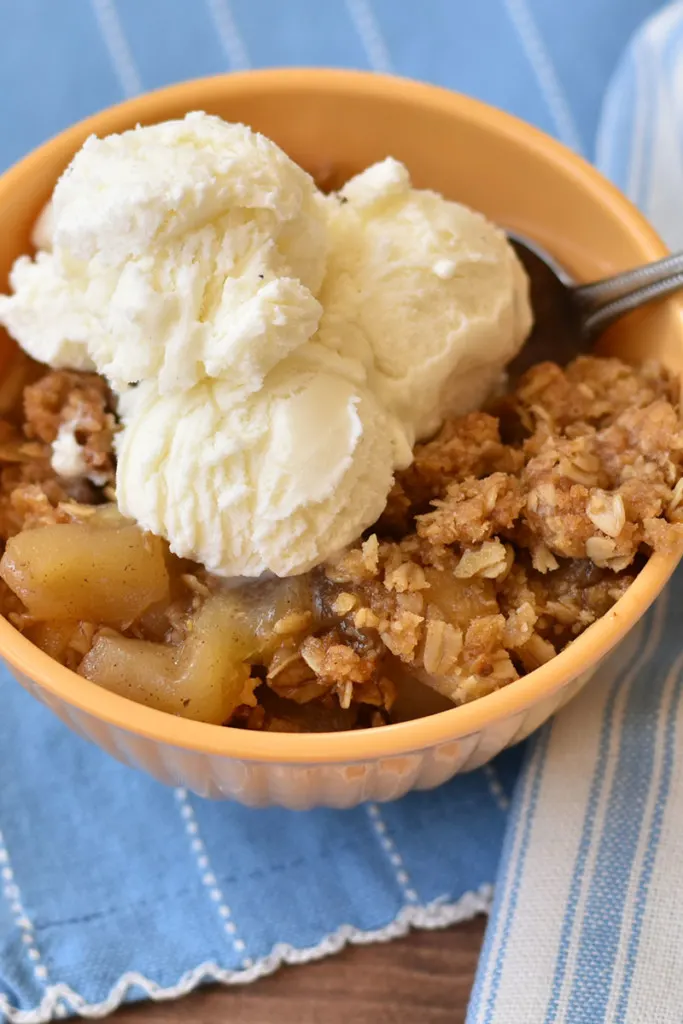
The sheer volume of prepared and processed foods available to us today would have made our grandparents’ heads spin. Things like pre-cut veggies, bagged salads, shredded cheese, frozen meals, sauces, dry mixes, and more, were simply not an option during the Great Depression.
Anything that comes in a package has been processed in some way. And you will pay a steep mark-up for the convenience!
Learning how to make your basics from scratch is a timeless cost-saving strategy – and one that’s more nutritious and way tastier than anything you could buy pre-made.
8. Make Your Food Stretch Further
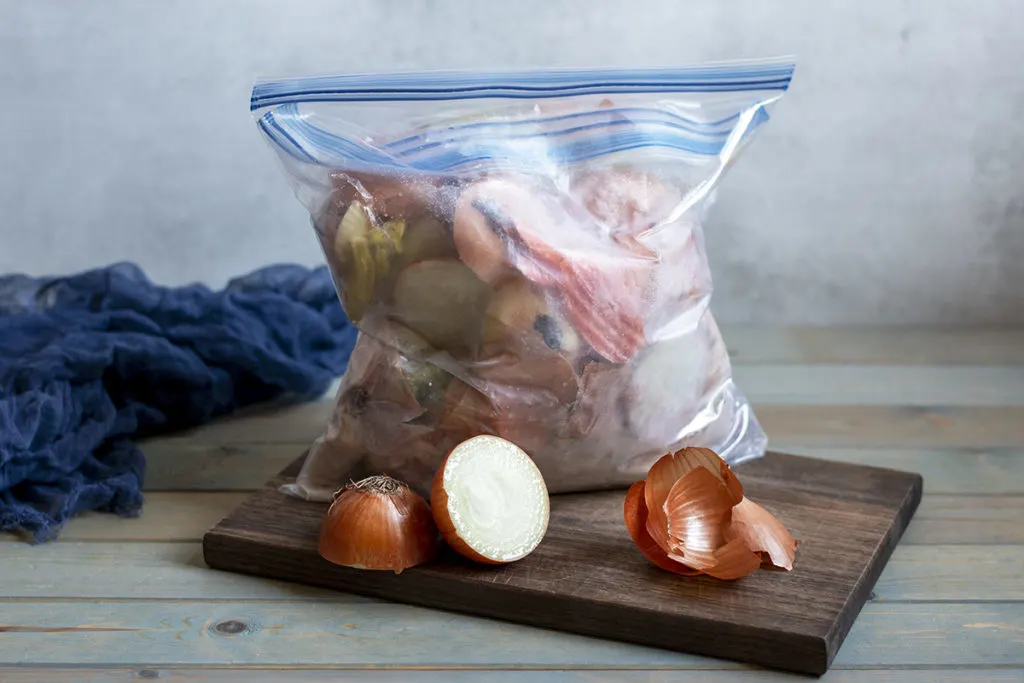
Frugal living in the Depression era meant getting the most out of what you had and using up every last bit of it.
It’s a crying shame that so much food is routinely thrown away. Still very much edible bits, like fruit and vegetable peels, are rich in vitamins and minerals. Other food scraps, broccoli stems and celery tops, for instance, are plenty nutritious.
What peels and scraps you don’t use can be collected in a freezer bag for making broths. Keep your chicken and turkey bones for soup. Bread ends can be made into breadcrumbs and croutons. Turn spoiled wine into vinegar. Save your cooking oils, grease, and bacon fat.
A few swipes of a spatula will get out the last bit of peanut butter or mayonnaise out of the jar. When ketchup, salad dressing, BBQ sauce, and other bottles seem empty, flipping them over will give you a few more servings.
9. Use Cheaper Substitutes
Recipes from the Great Depression incorporated ingredients that were most affordable at the time – oftentimes beans, potatoes, bologna, and hot dogs – into soups, stews, and casseroles.
One staple was the Poor Man’s Meal, a simple concoction of sautéed potatoes, onions, and hot dogs:
They didn’t skimp out on dessert, either. When eggs, butter, and milk were too expensive, they made chocolate Wacky Cake. When apples weren’t available, they made Mock Apple Pie with Ritz crackers.
We can use this same energy as we face our own rising costs at the grocery store. You can save quite a bit of money by tailoring your recipes to what’s in season and on sale.
Instead of meat, use cheaper fillers like beans, legumes, and rice. Rather than lettuce, use cabbage or spinach for salads and sandwich toppers. In lieu of cow’s milk, make oat milk. Skip the sugary breakfast cereals and give flavored oatmeal a go. Replace eggs with apple sauce, tofu, bananas, or chia seeds.
10. Buy Food in Bulk
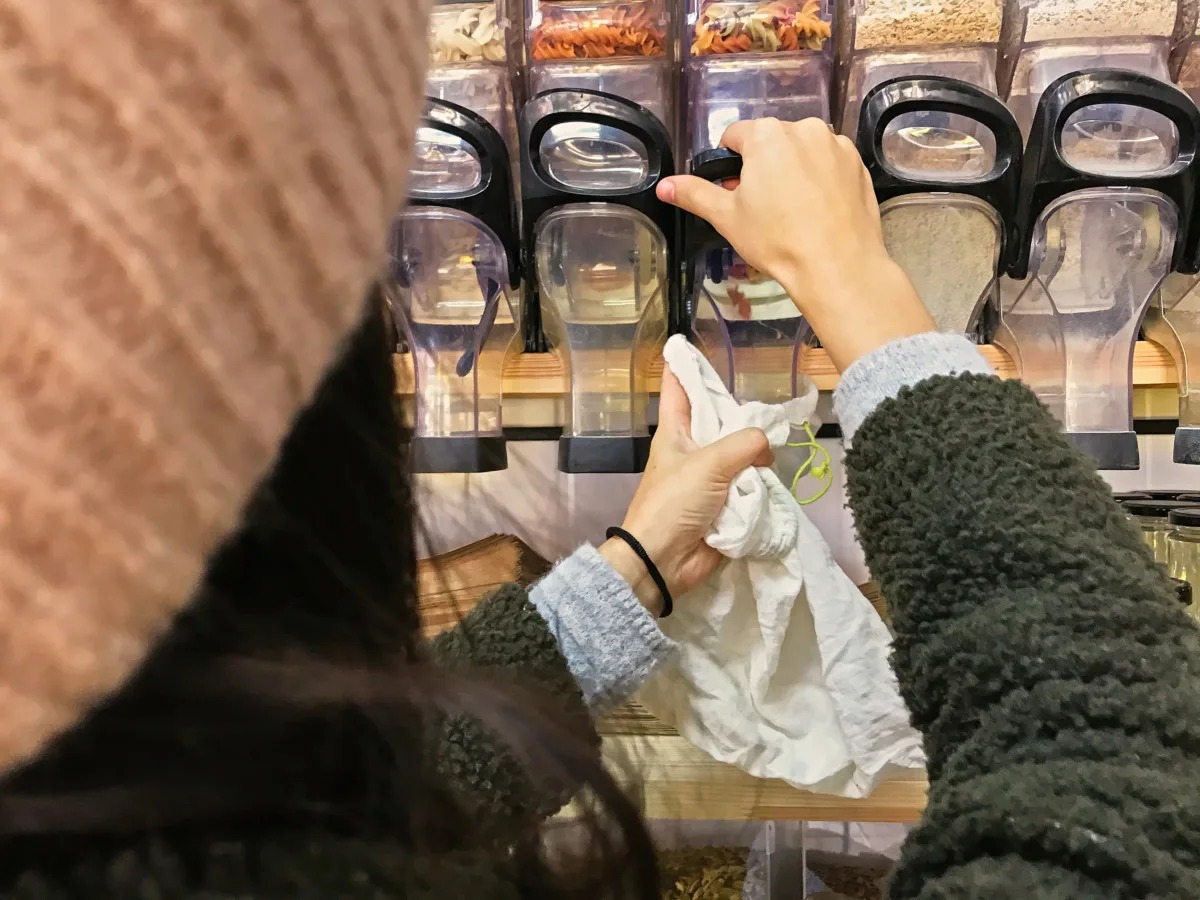
It will always be more cost-effective to buy foods in bulk, and this tends to be true no matter the economic outlook.
You will indeed be spending more money upfront, but at a much better cost per unit.
When you see a good deal, stock up on it. Fill up your pantry with dry goods and other long-lasting foods. If you have the freezer space, bread, butter, milk, and cheese are some staples that freeze really well.
11. Make Weekly Meal Plans
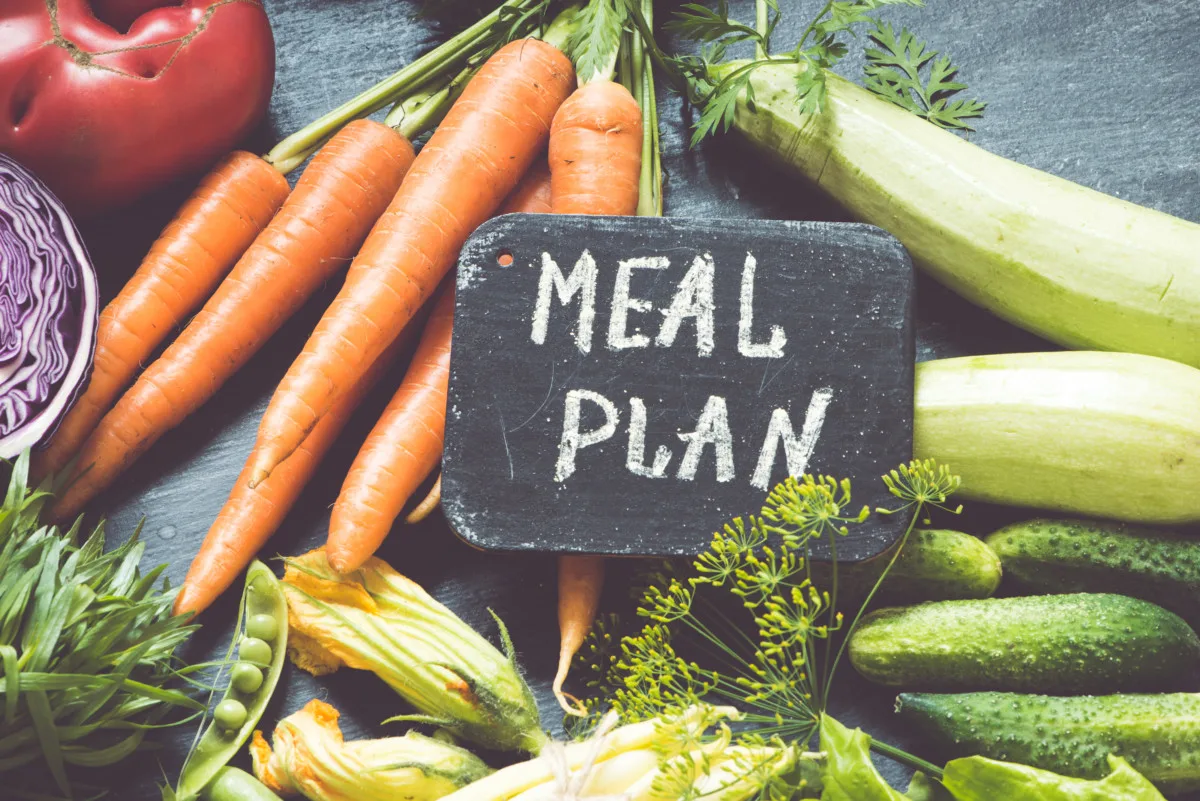
When you’re seriously against food waste, meal planning is an absolute must.
Meal planning only takes about an hour to do, once per week. Start by taking an inventory of the foods you already have in your fridge, freezer, and pantry. Check sales at the grocery store before you do your shop. Then sit down and write out the week’s meal plan, using your home supply as well as any deals you’ve snagged, to inspire your planned dishes.
By plotting out your meals in advance, you’ll spend less on groceries while eating healthier. And meanwhile, no foods will be allowed go bad in the back of your fridge.
It’s helpful to use a meal planning template to sketch out weekly and monthly menus, and keep it all organized.
Meal planning can go hand-in-hand with batch cooking – another fantastic approach for prepping a whole week’s worth of meals ahead of time.
12. Be Zero Waste
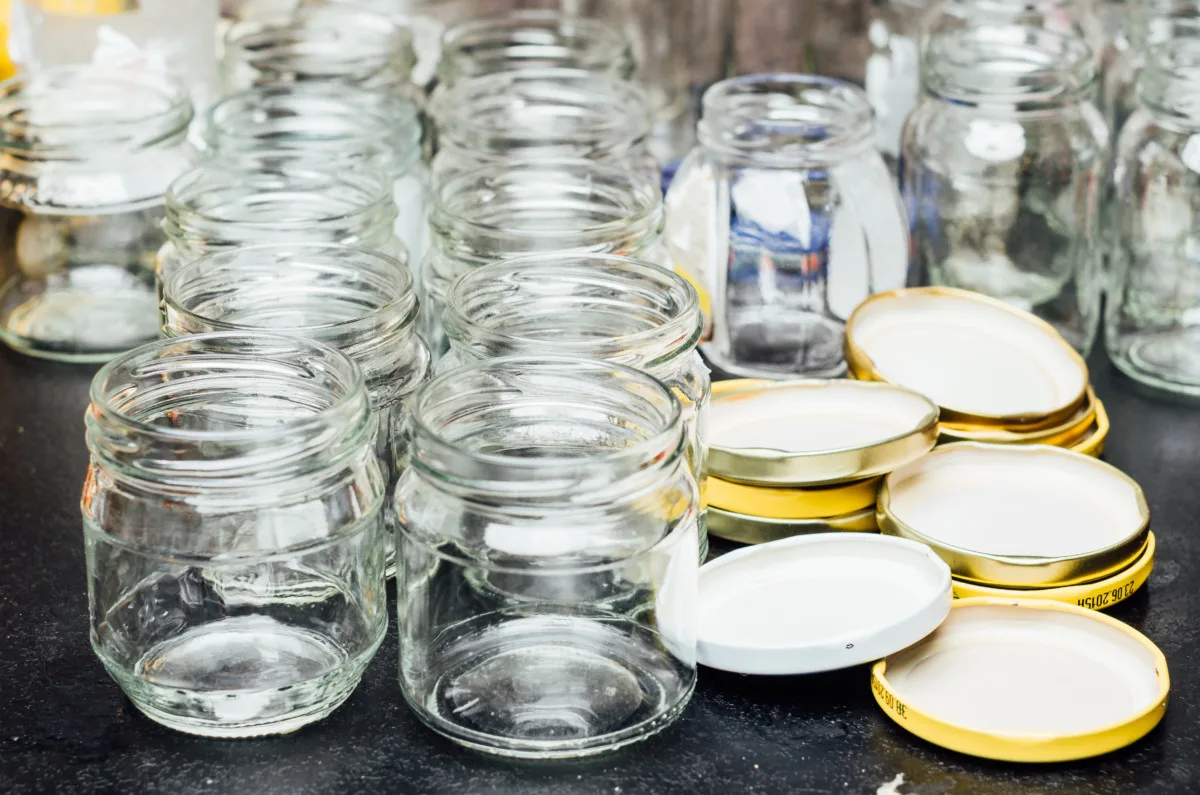
Truly the OGs of the zero waste mindset, our grandparents’ generation knew how to eke out the most usefulness from nearly any item brought into the home.
Repurposing and reusing in the 1930s was a practical necessity. They kept glass jars and tins, collected their soap slivers and candle ends to melt new ones, and held onto string and rubber bands for making repairs. Clothing, linens, and towels were used until threadbare, and then given a second life as washcloths and rags. They saved newspapers and magazines and used them to line their walls for free insulation.
Ever clever and resourceful, feed sack dresses and other garments were sewn from the cotton sacks their flour, sugar, and animal feed came in.
Nowadays, zero waste living includes reducing single-use items and other disposables that come at a steep environmental cost. There’s lots of ways to be less wasteful in your day-to-day routines.
13. Learn to DIY
Back in the days before hyper-consumerism took root, people had to be far more self-reliant to get by.
They knew a slew of valuable DIY skills that certainly come in handy when you have less money to spend. Clothing, curtains, and quilts were sewn by hand or machine. They knitted up their own sweaters and socks, built their own fences, and performed routine maintenance around the home. Instead of replacing, they mended, repaired, and rebuilt things until the bitter end.
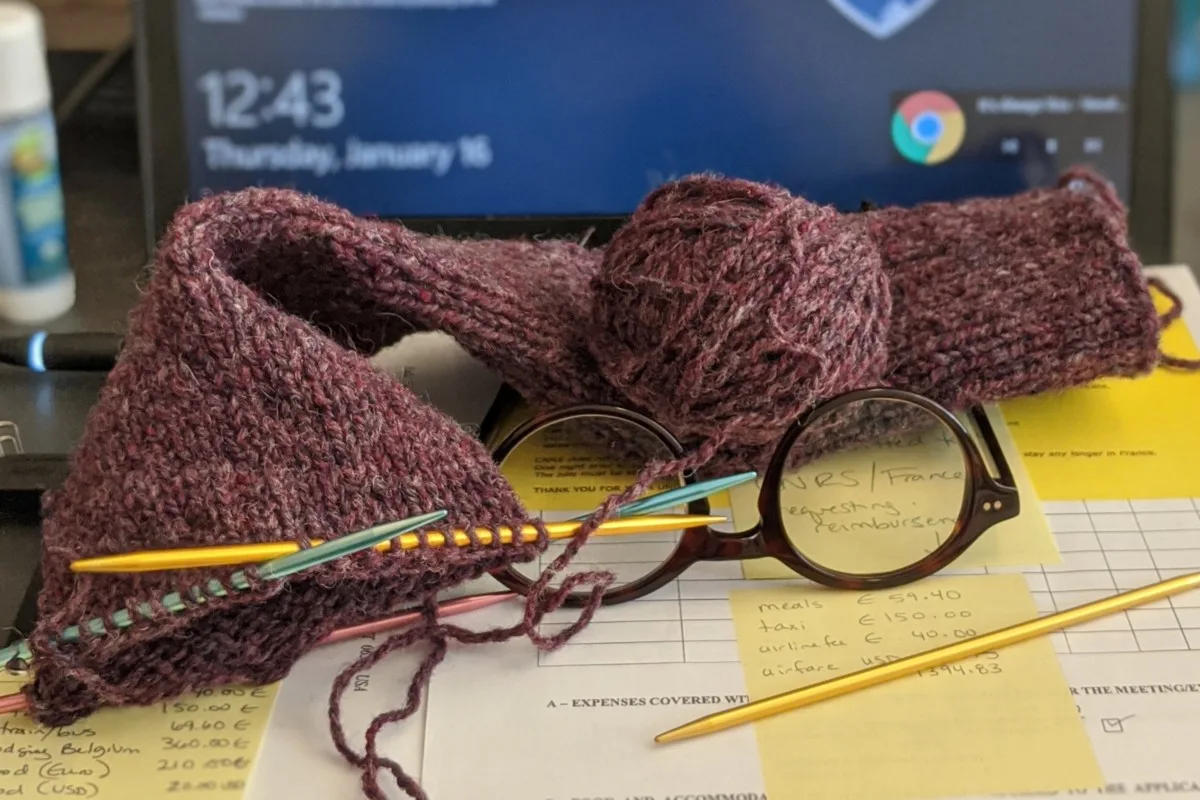
It’s never been easier to learn to DIY, thanks to a wealth of free information on the internet. YouTube is a wonderful resource for learning crafts, basic home repairs, vehicle maintenance, and home building and renovation projects.
You will save heaps of cash by doing it yourself – all while learning new skills and having the satisfaction of knowing the job was done right.
14. Avoid Buying New
That new and shiny thing comes at a premium price, and it loses much of its value as soon as you leave the store. Always buying new is one of the fastest ways to part with your hard-earned money.
You can find quality second-hand goods, from clothing and appliances to furniture and tools, for a fraction of the price of new.
There are some amazing deals to be had from browsing through your local classifieds, using the Freecycle Network, shopping yard sales and estate sales, and always being on the lookout for curbside freebies.
When you must buy new, don’t be penny-wise and pound-foolish. Cheap and poorly made things won’t stand the test of time, and you’ll need to keep buying them again and again.
Do your research, read the product reviews, and learn how to spot quality craftsmanship. Spending a bit more now often means savings later, especially when the items you purchase last a decade or more.
15. Stay Warm Without Central Heating
In the 1930s, homes were most likely heated with wood-burning fireplaces or stoves. Ductwork and central heating wouldn’t become a thing until the 1940s.

They survived cold winters by bundling up and dressing in several layers, piling up blankets on the bed, and using hot water bottles for a boost of warmth.
It will always be more cost-efficient to keep the body warm rather than heating up the whole house.
You can keep the air temperature a little cooler and still be toasty with a heating pad or electric blanket, for example. These cost pennies to run and will take the chill out of your bones.
There are lots of little things you can do to keep warm without cranking up the thermostat. And on the flip side, what to do in summer to keep cool.
16. Make a Budget
The Great Depression lasted ten long years. Unemployment reached 25% at its height, and with many nest eggs wiped out, tracking every dollar coming in and out was essential.
Budgets were kept lean by paying for things in cash. Before computers and spreadsheets, they lived within their means with the envelope budgeting system.
In our increasingly cashless world, it’s more important than ever to keep track of your spending and make a budget. The sooner you have the full picture of your financial health, the quicker you will be able to climb out of debt and keep current with your expenses.
17. Bring in Extra Cash, Wherever You Can
To make ends meet, the folks of the Great Depression (men, women, and yes – even children) did what they could to bring more money in.

They took in boarders when they had a spare room, did odd jobs and farm labor, and sold off things they didn’t need.
If you’re struggling to plug up the holes in your budget, picking up a side hustle or two will help keep your head above water and take some of the pressure off.
18. Use Your Public Library
Public libraries have a unique role in the community and are so much more than quiet spots filled with books. Libraries are among the few third places left – somewhere you can go outside of home and work where there is no expectation to spend money.

During the Great Depression, libraries weren’t the widespread institutions they are today, but they still got books out to rural folks with bookmobiles on horseback.
You might not realize just how many services a library can provide. Beyond lending out physical and digital books, audiobooks, magazines, comics, DVDs, and CDs, many libraries often fill in gaps wherever it’s needed.
Some distribute food, provide child care, host tax clinics, and give job search help. Others might have a seed bank or tool lending library or hand out free passes to local museums and attractions.
Most libraries will host a range of fun and educational programs for kids, teens, and adults. Anything from craft and book clubs, workshops and tutorials, language classes, story times, and tabletop gaming nights – all for free.
19. Find Free Ways to Have Fun
As difficult as the Great Depression was for many families – it wasn’t all awful, all the time.
A hidden blessing of so many people being out of work was they had a lot more time to spend with loved ones. After the economy recovered and the Great Depression was officially over, many people looked back at this time together quite fondly.

Even though money was tight, they still found free or cheap ways to have fun. They got together with their neighbors to play cards and compete in lawn games. Board games, like Monopoly, were a favorite pastime. Other cheap forms of entertainment included dance marathons, mini golfing, soapbox derbies, and seeing “talkies” at the movie theater.
The big lesson here is – it’s not so much what you do, but who you are with, that really matters in the end. You can make cherished memories with your friends and family easily without breaking the bank.
20. Be a Good Neighbor
Then as now, striving for self-sufficiency is an admirable goal.
Growing your own food, repairing things when they break, and taking advantage of the free resources all around us are some of the ways to lessen your dependence on existing systems, should they fail.
At the end of the day, however, no person is an island, and you can’t do it all yourself.
People survived the Great Depression because entire neighborhoods and communities banded together in mutual aid. Everyone was in the same boat, and they helped each other by sharing resources and services.
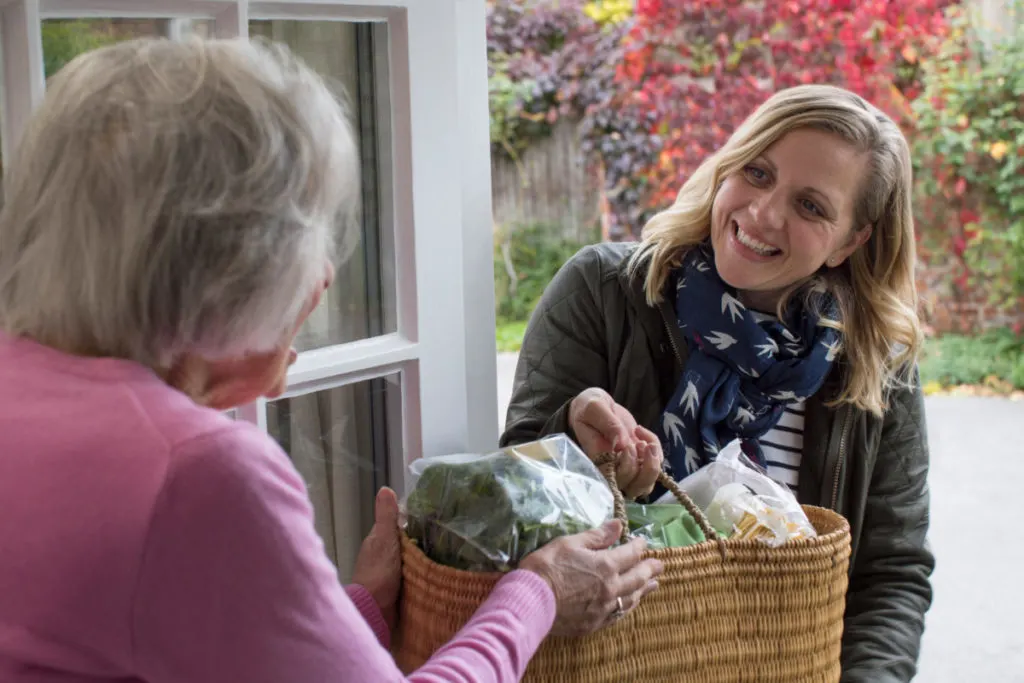
Canned food, fresh produce, eggs, and firewood would be given to those in need or traded for other useful things. Working the fields, making repairs, and caring for the sick or injured were some of the ways neighbor helped neighbor.
In Hard Times: An Oral History of the Great Depression, Harry Terrell tells of how his community responded to farm foreclosures. When plows, horses, and other tangibles were put up for auction for cheap, the neighbors bid on the goods and then turned around and gave them right back to the farmer.
It’s this amazing spirit of camaraderie that made all the difference. Be a better neighbor by getting locally active, volunteering in your community, and helping out others whenever you can.

Get the famous Rural Sprout newsletter delivered to your inbox.
Including Sunday ramblings from our editor, Tracey, as well as “What’s Up Wednesday” our roundup of what’s in season and new article updates and alerts.

